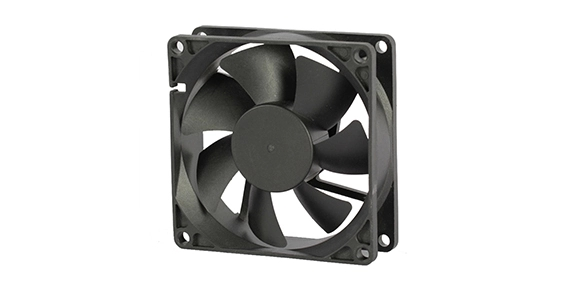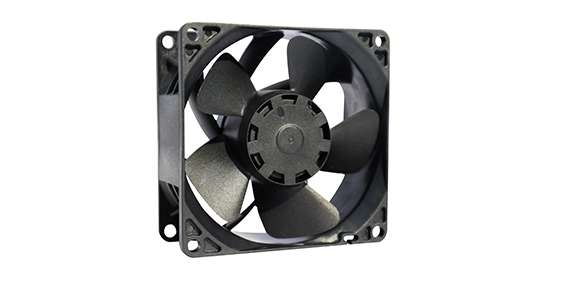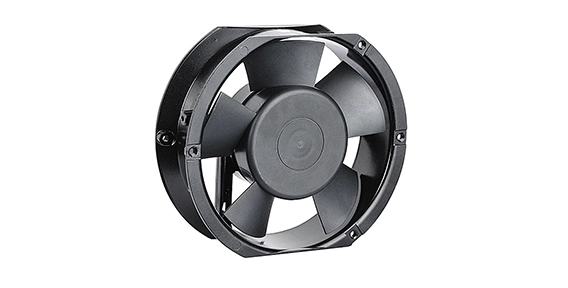Automotive cooling fans play a crucial role in keeping engines cool and enhancing their overall performance. Without these fans, engines would overheat and suffer from reduced efficiency and potential damage. In this article, we will explore how automotive cooling fans keep engines cool, the different types of fans available, how they enhance engine performance, and what lies ahead for this essential component of the automotive industry.
How Automotive Cooling Fans Keep Engines Cool
Engines generate a considerable amount of heat during operation, which needs to be dissipated to avoid overheating. Automotive cooling fan ensure that the engine maintains a consistent temperature by drawing air through the radiator. As the air passes through the radiator, it absorbs the heat and helps cool down the engine. Without the assistance of a cooling fan, the radiator would rely solely on the natural flow of air to dissipate heat, which would be inadequate during slow speeds or idle conditions.

Types of Automotive Cooling Fans
There are two main types of automotive cooling fans: mechanical fans and electric fans. Mechanical fans are driven by the engine's crankshaft and operate at a constant speed. They are typically mounted on the water pump and draw air through the radiator when the engine is running. While mechanical fans are reliable and simple in design, they can be energy-consuming and may reduce engine performance due to the power they draw from the engine.
Electric fans, on the other hand, are driven by an electric motor and can be controlled based on the engine's temperature. These fans are more efficient as they only operate when needed, reducing the load on the engine and improving fuel efficiency. Electric fans are commonly found in modern vehicles and are often accompanied by a controller that regulates their speed based on engine temperature or other variables.
How Automotive Cooling Fans Enhance Engine Performance
Efficient engine cooling directly impacts overall engine performance. When an engine runs at an optimal temperature, it operates more efficiently, leading to better fuel economy and power output. The application of axial fan ensures that the engine never exceeds the recommended temperature range, preventing potential engine damage and wear.
Additionally, by reducing engine temperature, cooling fans help maintain the integrity of other engine components, such as gaskets and seals, which can deteriorate under extreme heat. Regularly inspecting and maintaining the automotive cooling fan system is essential to ensure proper engine performance and longevity.

What Lies Ahead for Automotive Cooling Fans
As automotive technology continues to evolve, so do the possibilities for enhancing cooling fan efficiency. Manufacturers are exploring innovative designs, materials, and control systems to improve cooling fan performance. Some advancements include lightweight fan blades made from composite materials to reduce energy consumption and noise levels.
Furthermore, the integration of smart control systems and sensors enables more precise temperature monitoring and fan speed adjustment, optimizing engine cooling while minimizing energy waste. Electric vehicles are also driving the development of more efficient cooling fan systems to manage battery temperatures effectively.
In conclusion, automotive cooling fans are crucial components that keep engines cool and enhance their overall performance. The two main types, mechanical and electric fans, have distinct advantages and drawbacks. As technology advances, automotive cooling fans are advancing with it, providing improved efficiency and control options. By understanding the significance of these fans and staying updated with the latest advancements, we can ensure our engines stay cool and run smoothly for years to come.

 EN
EN 

 +
+
 +
+
 +
+



